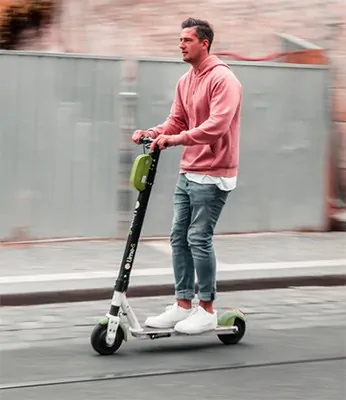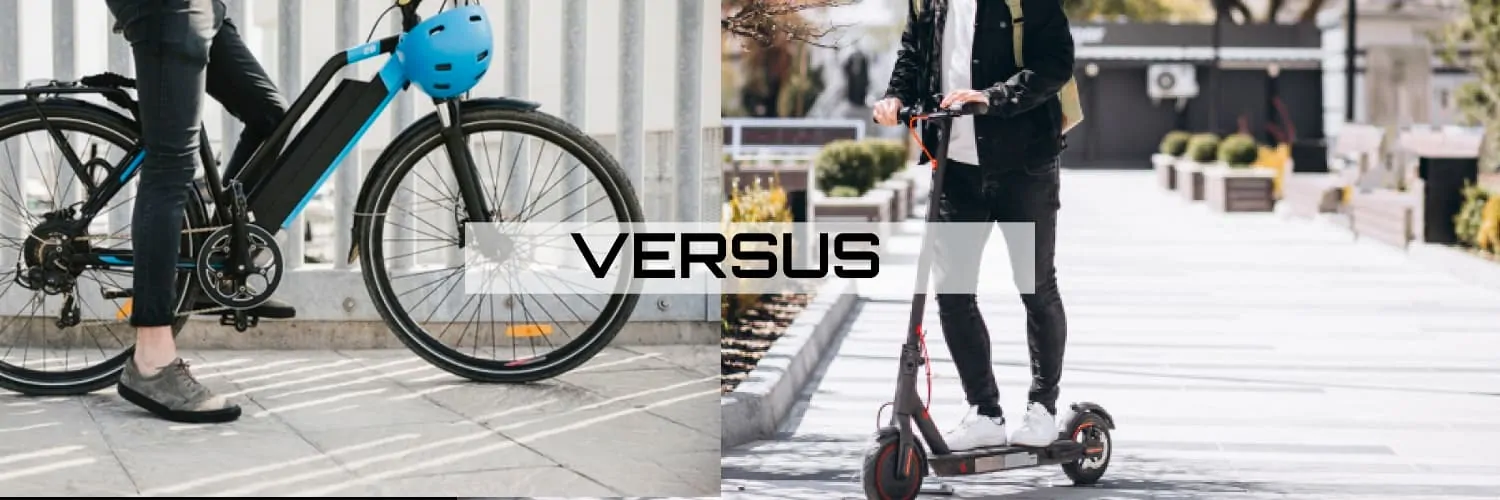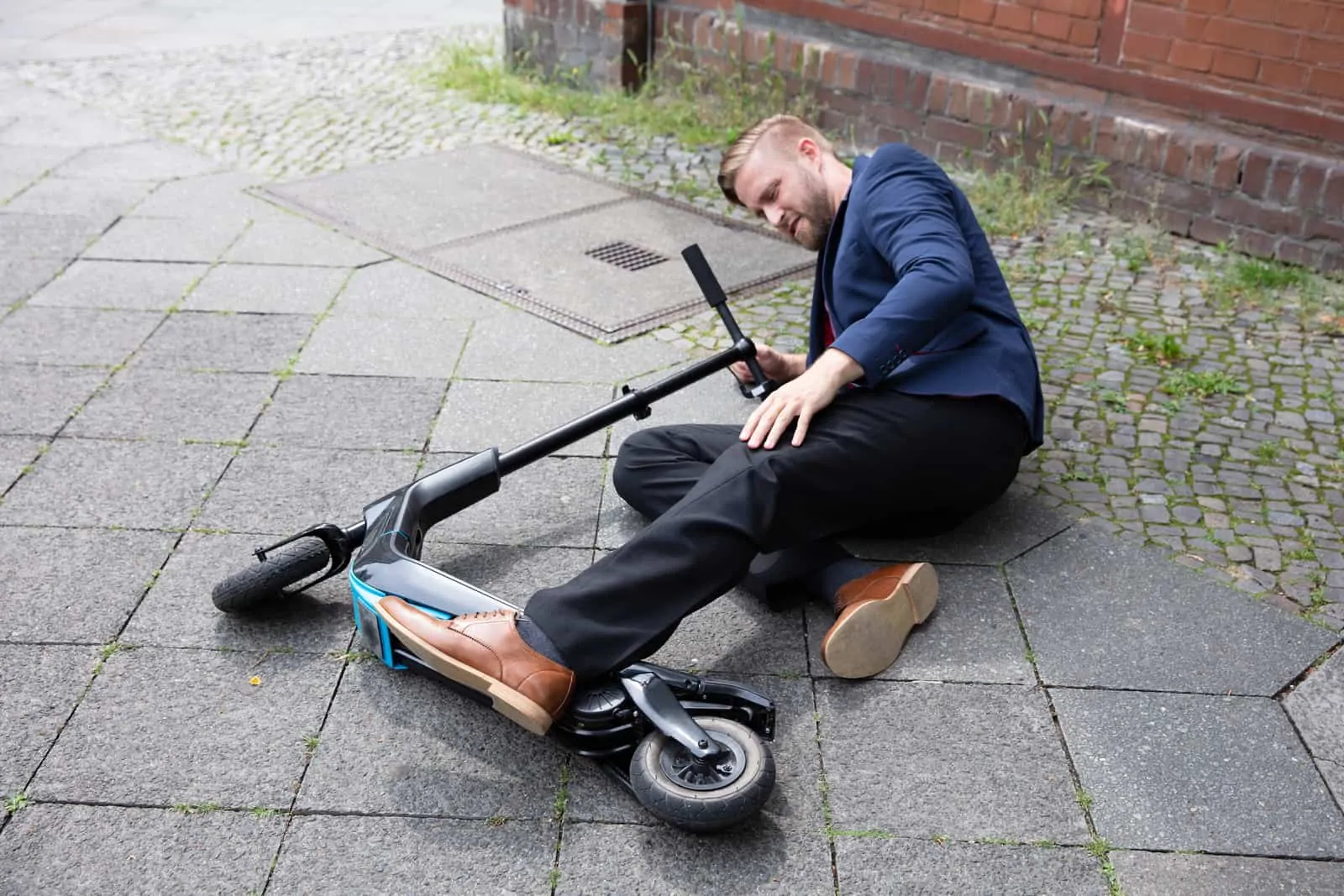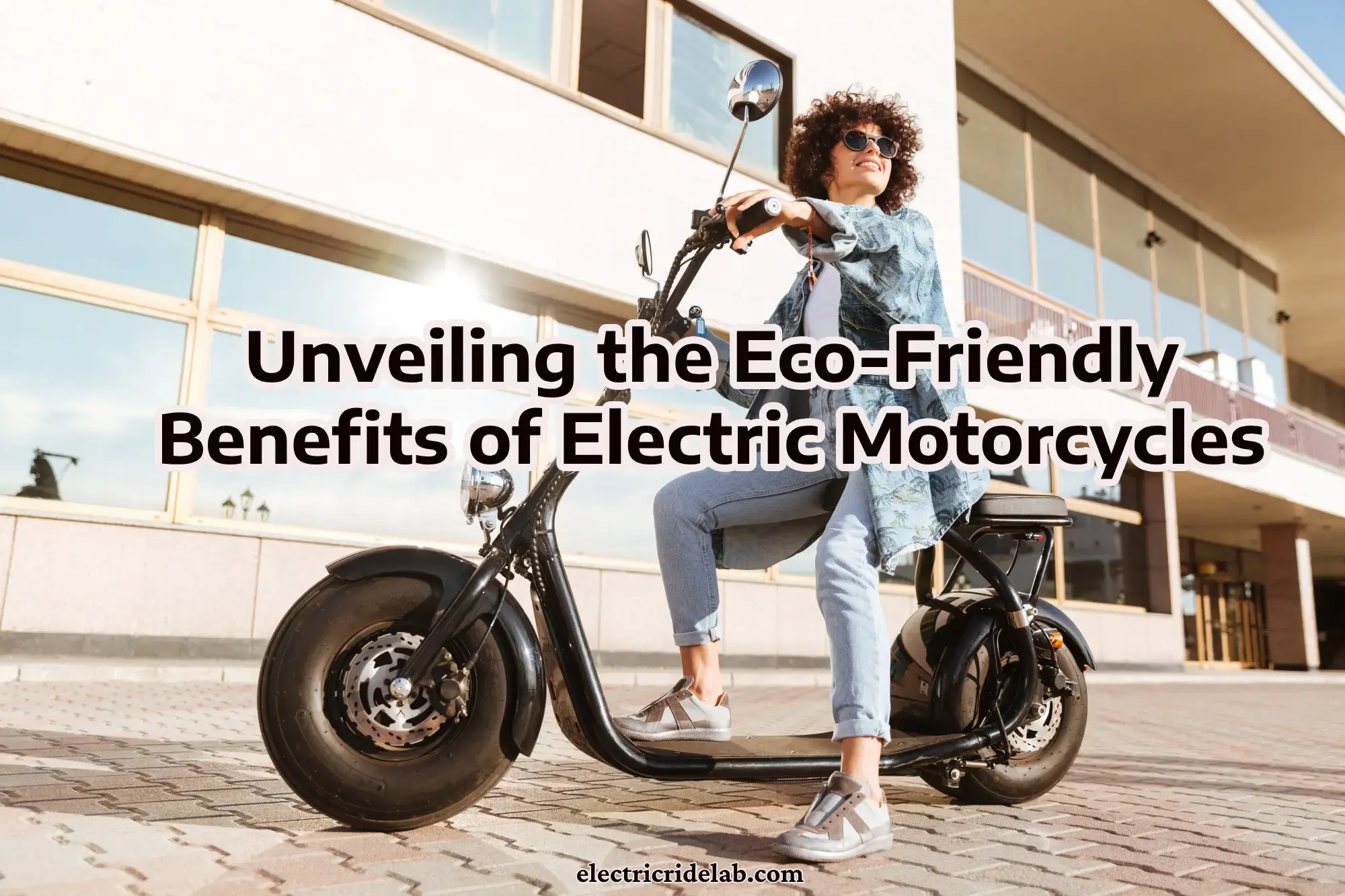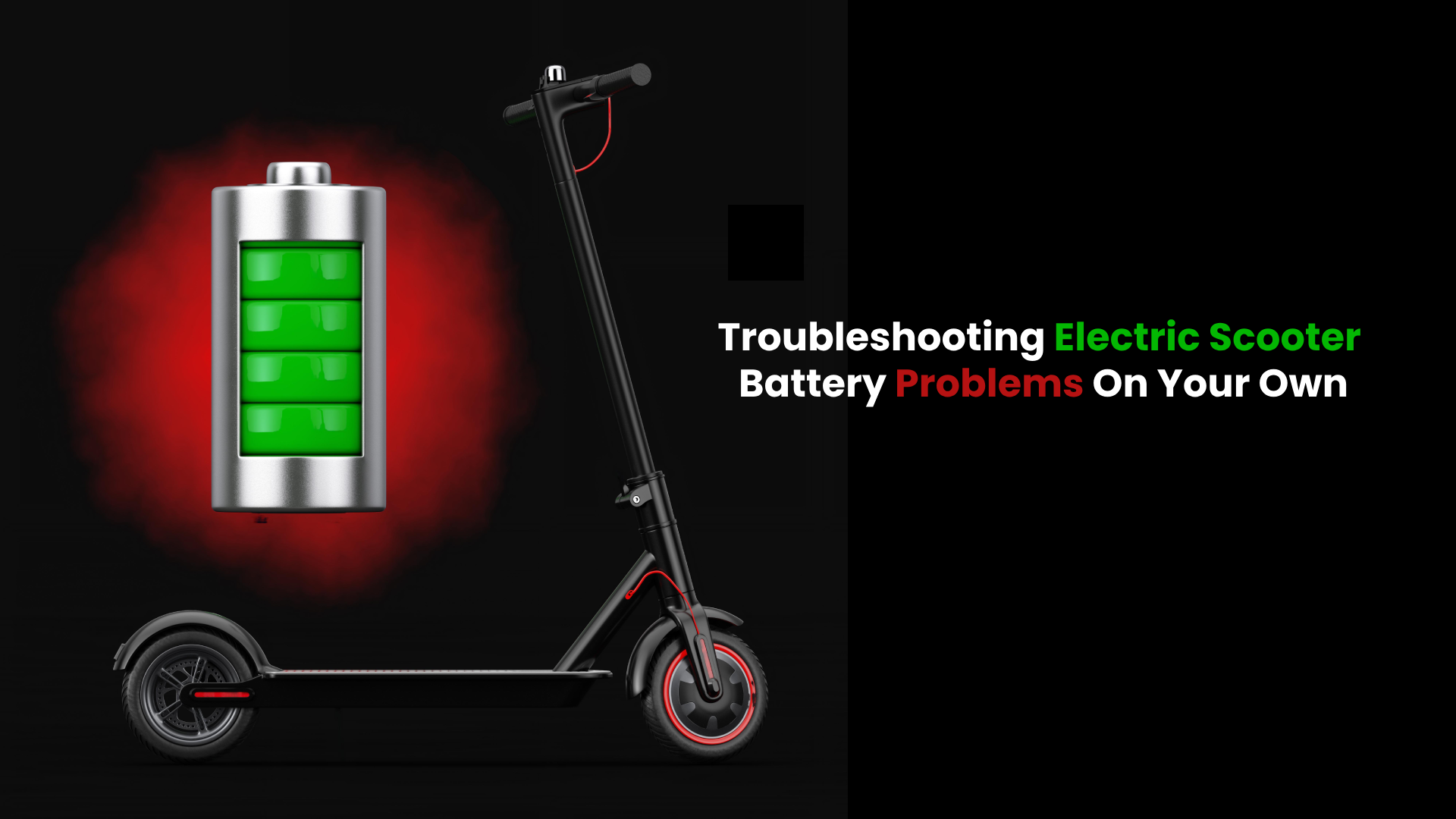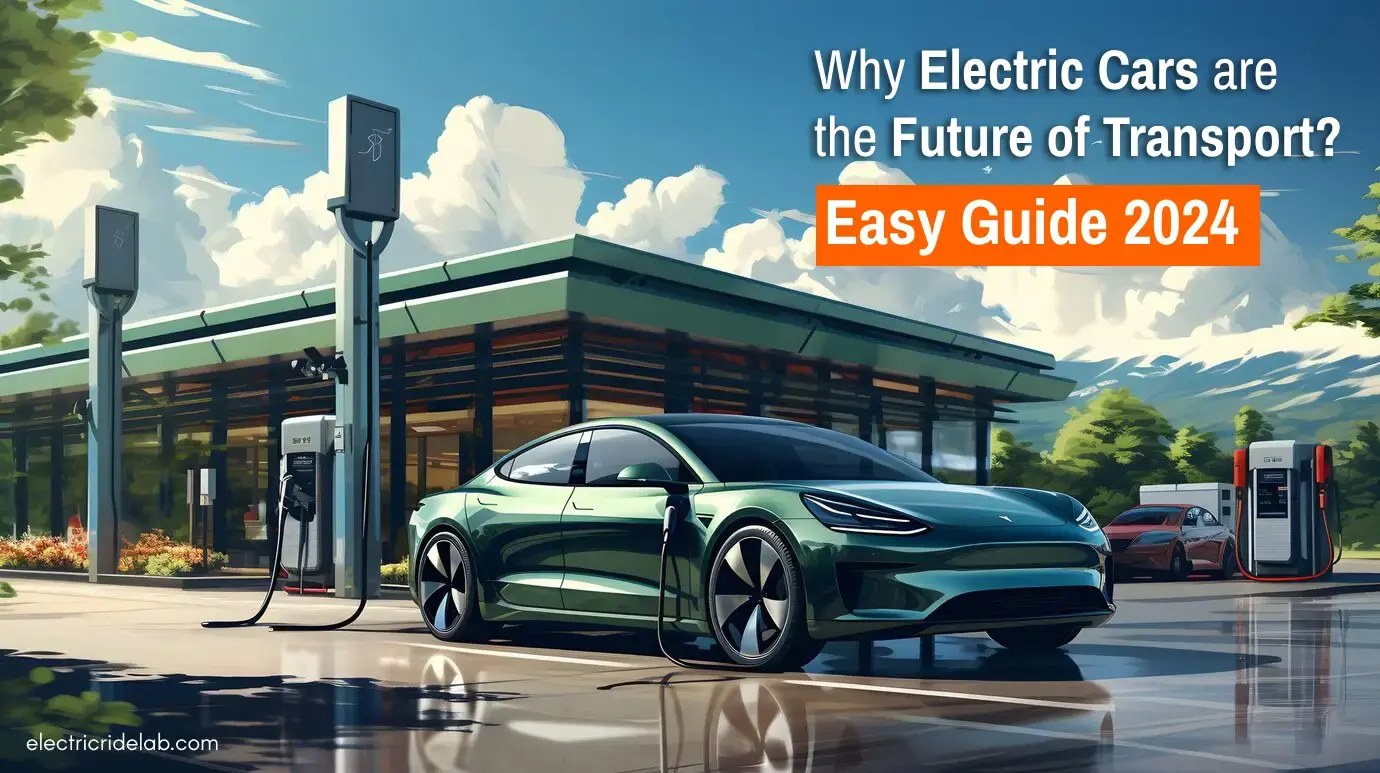
The future of the personal transportation industry looks bright with the rapid growth in the use of electric scooters across the United States streets as well as in the UK. Their popularity has reached major milestones in recent years with Uber teaming up with Lime to make the scooters available for rent through their app.
This is a huge investment deal intended to further boost the popularity of these scooters in US, Europe and around the world. e scooters are quite beneficial for users and the environment as a whole, however they have not been welcomed with open arms by everyone, as some see them as a dangerous means of transport. And not just to the riders, but to pedestrians as well.
Whilst growing up in a city, I traveled through public transport to go to class and around town. Later on, when car-sharing came along, I began traveling through cars a little more.
However, in recent times, e scooters have been my main go-to, to travel in and around the city. They are now my favorite and I simply love riding them.
I mean, who wouldn’t? Navigating in traffic is so much easier! And the parking nightmare is now a thing of the past. The electric scooter industry is booming in metropolitan cities that have been battling soul-smashing traffic. However, are e scooters the way of the future?
In this article we’re going to take a look at electric scooters pros and cons to see the benefits as well as the disadvantages that come with electric scooters.
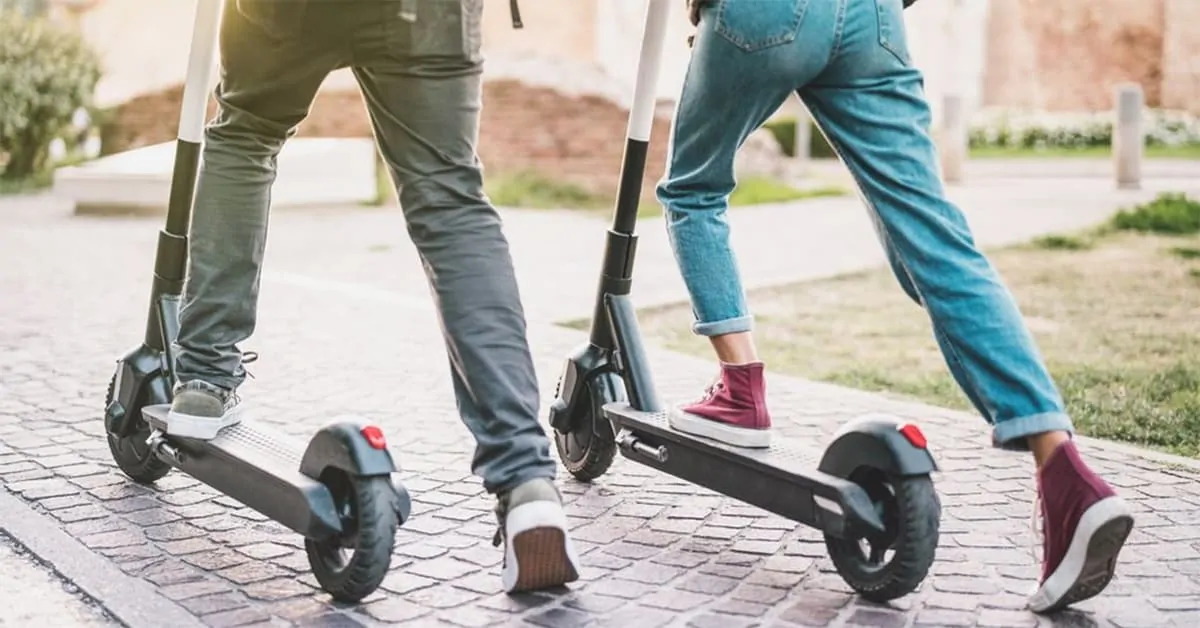
The Big Question Is, How Good Are Electronic Scooters and Are They the Future?
But before we get to that, do you know who invented the electric scooter?
Back in the 1890’s, a plank and 4 wheels (skateboard) was a humble start for traveling inter-city. It soon became popular and was the most widely chosen mode of transportation.
Today, hundreds of electric scooter manufacturers are working towards improving and creating new features that add an edge of convenience for riders. There are multiple reasons why so many people over the globe are inclined towards electric scooters over fuel-controlled ones.
Also Read:
How Much Do Electric Scooters Cost
But Is It Worth Buying an Electric Scooter? Are They Really Good for Commuting?

Also Read:
5 Things to Consider When Choosing an Electric Scooter
In my opinion, absolutely. E scooters have so many advantages! They have a slender design and are packed with features that make for a worry-free ride on any surface.
What’s so good about them, you ask?
Pros and Benefits of Electric Scooters
- A great alternative to gas-fueled bikes: They are cheap in price, what’s more, you don’t need fuel to ride them as they run on battery. Environmentally conscious? Electric Scooters are a great option.
- Permit prerequisites: Electric scooters aren’t super-fast. With moderate speeds, they are easy to control. Which is why they don’t require a license to ride.
- Compactness: Because of their slender design, electric scooters are convenient to ride in traffic. If there are any problems with the motor, chain or tire, they can be easily fixed at a nearby garage.
- Safety: Electric scooters have many safety features. Right from hand-operated acceleration control to easily accessible rare-wheel brakes. Some of them have taillights too.
- Simple to maintain: Electric scooters are easy to maintain, thanks to the sturdy material they are made with. Their design is not as complicated as a car – you only have three major parts to take into consideration and they are the motor, the battery and the controller.
- Parking easiness: Since they are so compact, finding parking is super easy. Not just that, if you don’t want to park it on the road, you can also take it with you to places.
- Cost: Electric scooters are budget-friendly and are available at various price points.
- Environmentally friendly: It is not a surprise that this would come first as electric scooters were designed with the environment in mind. With the growing cases of global warming and climate change there has never been a more crucial time to adopt environmental friendly products and the electric scooter has been a great idea. Motor vehicles as means of transportation emit gases which contribute to environmental pollution. Electric scooter transportation helps in minimizing carbon emissions and is an eco friendly means of transport.
- Less traffic: Most electric scooters are portable. If your scooter breaks down or runs out of charge its easy to carry. Many of them are foldable, which means you can easily put one in the trunk of your car, or carry it on public transport.
- They are Light: Electric scooters are budget-friendly and are available at various price points.
- No license required: Electric scooters are easy to use. You do not have to go through a driving school to get a license as it is not a requirement in order for you to own one. This also helps you to save on cost as you do not have to regularly renew a license and pay for insurance.
- No noise pollution: Electric scooters are very quiet. Our roads are filled with loud vehicles which are a nuisance to many people. Electric scooters help to reduce this noise pollution on our roads.
- Usable everywhere: Electric scooters can be used pretty much everywhere and are a good option for commuters who need to travel a short distance quickly. There are some places that a car cannot go but the scooter can. With a scooter its easier to take short cut routes and save time. Studies have shown that an electric scooter can get you to your destination over 20% quicker than an ordinary pedal bike.
Also Read:
Electric Scooters Buying Guide

Also Read:
Can You Use An Electric Scooter In The Rain? Best Water Resistant Models
Cons and disadvantages of electric scooters
1. Not good for fitness
Electric scooters require very little effort when riding them. You can simply use it to ride anywhere, even the shop just a few blocks away. It’s not going to give you the kind of workout you’d get from pedalling a bike or walking. Although it will get you there faster, so it’s not all bad!
2. Limited carrying capacity
Most electric scooters are designed to carry only one person and therefore they’re not really suitable for hitching a ride on. This is where a motor vehicle stands out as you can take your entire family anywhere with it. An average scooter will have a weight limit of about 220-260lbs (depending on the model), so not really suitable if you’re particularly overweight either. Don’t forget to take into consideration what you’re carrying – e.g. a backpack etc. will also add to your overall weight.
3. Price
Depending on the country one lives in, the price may be either cheap or expensive. In the US an electric scooter is pretty good value, starting at around $400 for a commuter electric scooter, up to around $1200 for a top of the range model. In Europe you may end up paying more for the same scooter when you take import costs into consideration.
4. Not easy to repair
An electric scooter may be new to some mechanics and it can become a problem when it breaks down. You may need to find someone with the expertise and skills in dealing with the new models and that may take a while. It may be necessary to ship the scooter back to the manufacturer for repair, which could end up being pretty expensive.
5. Safety
Electric scooters are electronic making them unsuitable for use when it is raining heavily or when there is a flood.
They are also risky to use when the roads are slippery as accidents can easily occur. During these times you may need to find another means of transportation.
6. Easy to get stolen
Owners of electric scooters usually park anywhere and without proper security scooters become an easy target for thieves. This negligence of the owners is usually the cause of a number of stolen scooters.
To protect your scooter from theft always use a lock when you are parking it in a public place or any place where you cannot monitor it. Some scooters are dockless meaning they can be locked using a smartphone app.
Also Read:
5 Tips for Buying An Electric Scooter
So If They Don’t Use Gas, Are Electronic Scooters Environmentally Friendly?
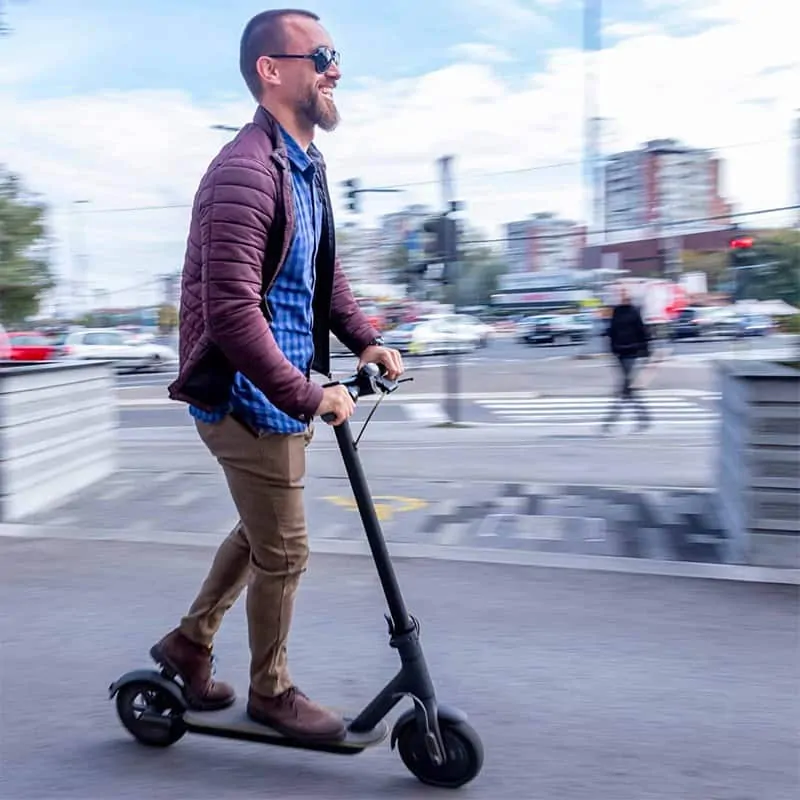
Also Read:
How Fast Do Electric Scooters Go
Each kilometer traveled through traditional bikes release around 350 grams of carbon. Now, let’s imagine a world where riding electric scooters is the standard and make a few projections…let’s begin?
Say an electric scooter runs for 12 kilometers daily. That compares to a day by day decrease of 3,500 grams of carbon for each electric scooter. A city with 10,000 electric scooters would then lessen discharges by 35,000,000 grams, or 35 mt. tons daily. Multiply that with 500 metropolitan cities, and we are currently relieving 17,500 measurements huge amounts of carbon every day.
You can now figure why electric power is a lot more naturally agreeable than gas.
However, electric scooters do use power. Whether they use the power that is generated from exhaustible resource or in-exhaustible resource, is debatable. Also, research suggests that materials used in making electric scooters cause significant greenhouse gas emissions. The benefits of electric scooters with respect to climate remains unclear.
How Do I Choose an Electric Scooter?
Since you’re puzzled with the subject of “which electric scooter should I purchase?” or “which electric scooter is the best for me?”, worry not! You’re in the right place.
There are essentially 5 things you must consider while purchasing an electric scooter:
1. Range
How much can the electric scooter travel on a single charge? Do you require long travels or are you going to use it for short trips?
2. Top Speed and Quickening
If you’re living at one end of the city and need to get to the other end quickly, you need to choose an electric scooter with higher speeds. If you’re using it for pleasure, or for running chores around the corner, speed shouldn’t really be a feature you should focus on.
3. Battery Type and Warranty
We have two battery types that help run Electric Scooters – Lithium-ion and Lead Acid Batteries. Lithium-ion batteries are more reliable and increase the range of travel while reducing charging time. The only issue of Lithium-ion batteries is that they are expensive. They cost more than Lead Acid batteries. Likewise, what term of warranty would you say you are getting with your electric bike?
4. Cost
Consider who you’re buying the scooter for and how much you want to spend to help narrow down the choices. Scooters are available in different sizes, styles, features, and colors. There are also scooters better suited for adults and licensed drivers compared to those deemed to be more kid-friendly and suited for younger riders. Some of the higher-end models of electric scooters for adult riders cost upwards of $600 with an electric motor battery charge time of 3.5 hours and a speed of up to 15 mph. However, the average electric scooter cost is around $300.
5. Purpose
Why are you buying an electric scooter? Is it because you love riding it or are you going to use it every single day to get to work? Or then again, do you want it for your kids? When you know the reason, you will be able to narrow down on the right scooter for you and your family.
In Conclusion
Since the beginning of time, roads were made for people to walk on foot, sellers, and ponies. Later on, roads became more organized and lanes were formed. Followed by highways. Today, streets have become dangerous for cyclists, pedestrians and drivers. This new electric scooter technology represents the amazing determination of a mission that began with the oil embargoes and ecological development of the 1970s, when hopeful architects imagined ultralights, “right-sized” electric vehicles as an approach to break the dependence on petroleum derivatives. Today, electric scooters and bicycles are less gaudy than before and are harbingers of a similar vision.

